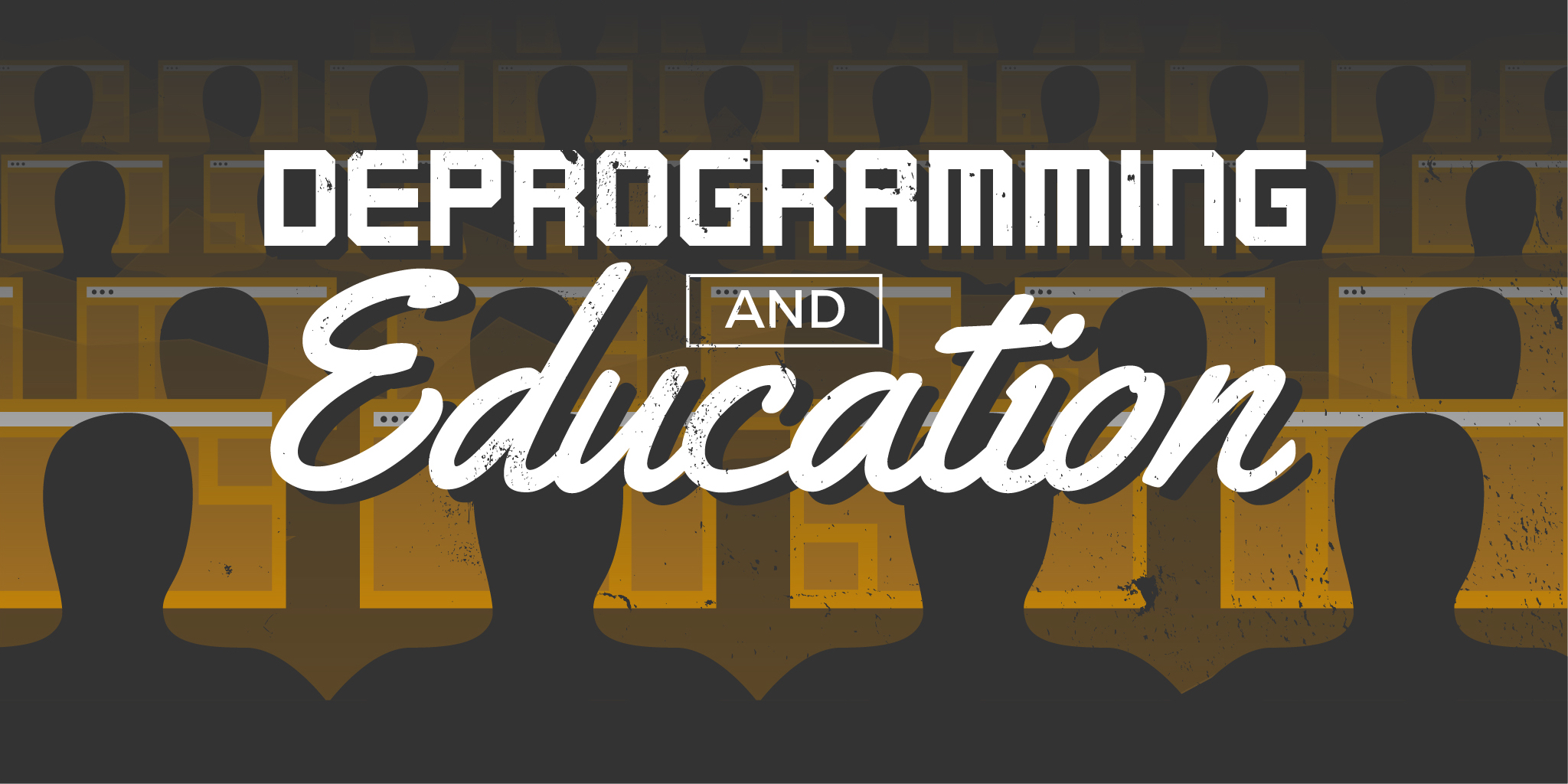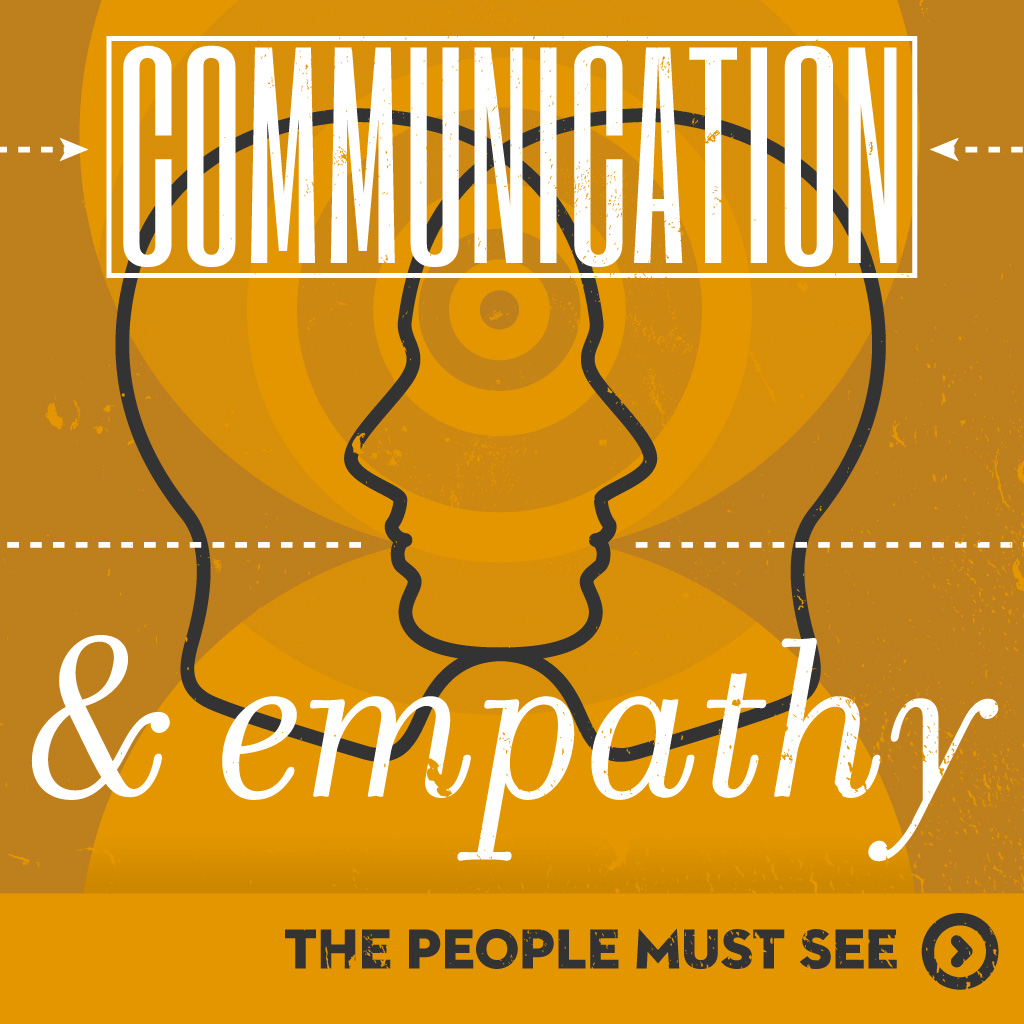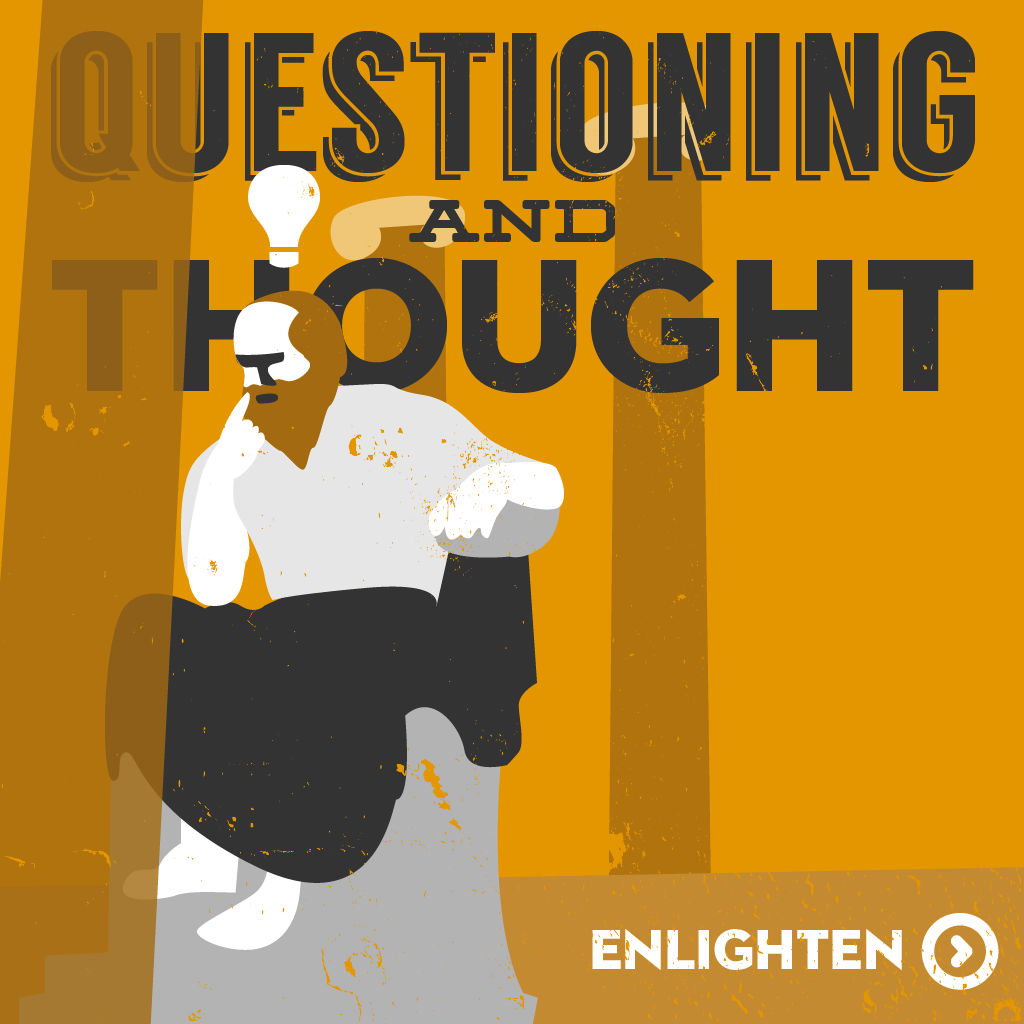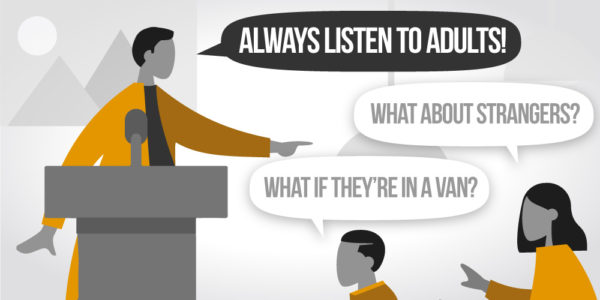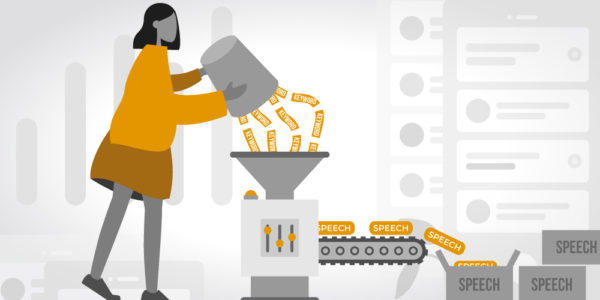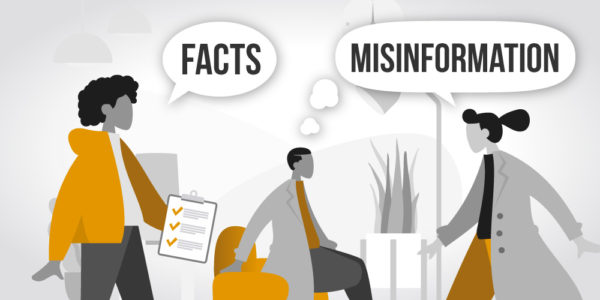Fear
Fear is more powerful than we give it credit for. Secondary emotions that are born from fear can obfuscate the sources of our opinions and actions, making it difficult to recognize how our fears can be leveraged by others. Many times when we think we feel anger, we are actually experiencing fear, which is why fear so easily breeds hate. Hate is a fear accelerant, and alters our ability to see reality for what it is. When an idea or a term is connected to an individual’s sense of fear, it triggers self protection mechanisms that override our ability to see facts and reality objectively. In that state, an individual can experience fear when there is no danger, which is why fear can be used to alter behaviors for just about anything–not only situations that present a real threat.
Dark Pattern Design
Using a variety of dirty tactics to trick the user into authorizing payment, signing up for unwanted services or advertising, or being redirected to an undesired location. This tactic abuses everything from pattern recognition to trust, and instead of having the goal of manipulating the public into willingly performing the desired action, the goal is to trick the user into the desired action by any effective means possible. This often utilizes the wiring in the brain that is cemented by performing repetitive tasks and can be as simple as switching the yes and no button options after the user has become accustomed to seeing them in a certain order or location. For a full library of tactics and reported running dark pattern scams, visit:
darkpatterns.org
Herd Mentality
This tactic uses language that emphasizes quantity over quality, where the claim is not that something is the best, but is the most popular. Implying that most people do things a certain way – or that you are out of alignment with some kind of universal agreement – is a manipulation tactic intended to neutralize dissent. Using statements that evoke the feeling of exclusion or isolation for anyone in disagreement triggers fear and self doubt, and associates all paths except for agreement with unpopularity. In a state of fear or doubt, humans are less likely to go against the perceived flow, even if that flow is falsely manufactured.
False Absolutes
Statements that are only absolute in a certain context can be used as a starting place to manipulate audiences into believing the same statement is appropriate in all contexts. Wording a statement so that it sounds universal discourages audiences from checking to make sure that the information is true in all circumstances. This tactic creates black and white thinking patterns and dampens analytic thought processes that would reveal obvious exceptions and holes in logic.
Association To Universal Positive Statements
This tactic abuses our brain’s propensity to make associations as an effective way to store memories. Associations are fairly simple to create, sometimes only requiring proximity to form the necessary neural pathways to connect otherwise unrelated points. Commercials frequently abuse this tactic by showing an audience imagery that evokes strong emotion or stirs up a desired reaction, then connecting it to their brand. In a related abuse, companies and politicians establish false positive associations for themselves by creating connections to universally accepted positive or popular platforms. This lowers the risk of rejection and creates false approval from audiences that are unable to separate out the speaker from the speech.
Word Salad
Word choice is extremely important, but not as important as the rhythms and patterns of speech. By replicating familiar speech patterns, speakers can masquerade their word-salad as sensible content. Our expectations surrounding rhythm and inflection are so strong that if we aren’t paying careful attention, complete nonsense can take on meaning. Humorously, this is frequently done in media, where characters string together words with little meaning in a specific rhythm to sound like futuristic scientists or experts. Unfortunately, the line is not drawn at fiction, and this tactic is notoriously used by authority, especially when making statements attempting to mitigate wrongdoing.
Making Claims That Cannot Be Proven Wrong
There is no risk of being proven wrong if a statement is designed to escape fact checking. This tactic centers around claims that cannot be researched due to lack of access to surrounding information, or claims that address something that is beyond proof. If there is no manner to test the accuracy of the statement, audiences must form opinions that are based on other less reliable factors, such as confidence or delivery style. When speakers lack in substance, this tactic helps focus audiences on other qualities they might possess. Additionally, this tactic is often used to stall or deflect away from hardline questions when substantive responses haven't been prepared or don't exist.
Abusing Design Patterns of Authority
This tactic centers around the use of design elements or aesthetics that are commonly associated with authoritative entities such as government, science, or law enforcement. In marketing, psychology is used to assess how humans react to different forms, colors, and imagery, and this information informs how designers manipulate aesthetics to create predictable reactions from viewers. Aesthetics that were designed to re-enforce authority can be misused to prime viewers to ingest messaging as though they were coming from a more established or serious source, and can result in the spread of misinformation because of their formal appearance.
Normalizing
Like the frog that doesn’t realize it is being boiled, normalizing is a gradual process of changing perceptions about what should be considered normal. This tactic is often used as an attempt to mitigate outrage surrounding extremism. Labeling abnormalities as normal is an abuse of herd mentality, where people don’t want to be perceived to lie on the fringes of society or be left behind the pack. Unfortunately, normalizing is how many outrageous actions go unpunished. Normalizing interferes with the momentum of opposing parties by draining our sense of injustice and replacing it with acceptance of the new norm.
Creating False Connections
This tactic makes claims that two unconnected things should have an association. False associations, positive or negative, can be made by manufacturing a relationship or suggesting one thing is a catalyst for another. Implying or claiming proximity helps transfer pre-established associations without putting in effort to build a reputation from the ground up. In addition to being used as a shortcut, associations can be used to confuse or obscure true intentions by piggybacking onto trusted ideas, people, or products.
Taking Advantage Of The Lay Person
At its heart, this tactic takes advantage of the average person’s level of expertise–or lack thereof. Dishonesty and manipulation can be hidden by talking over the heads of lay people, which is an abuse of both the public’s tendency to be uninformed, and lack of education in certain individuals. This tactic falls apart easily when fact checked, however the goal is not to defend statements against scrutiny, it is to take advantage of anyone overly trusting or unmotivated to properly research or confirm information. Even if claims are later shown to be false, the tactic has already done damage by confusing lay people that may not be inclined to believe fact checking against what they believe to be a trusted source. Abusing the loyalty of lay people is no more honorable than a parent misleading their child, and much like the therapy required to recover from abuse, those taken advantage of with this tactic are in for a long road back to the truth.
Isolation
In situations where the desire is to normalize extremes, isolation is a common tactic. Where one context might highlight a behavior or ideology as outlandish, another context can be designed to make extremes appear typical. Isolation prevents outside ideas from conflicting with ideology, which allows for extremism to grow unchecked. Isolation can be achieved abstractly or physically, and often includes behavior and language modification to re-enforce separation from groups or norms. To maintain separation, fear tactics are common, and the more isolation a group can achieve, the more power that group has over its members. Additionally, prolonged separation makes it challenging for members to reintegrate into norms, which often leads to individuals remaining in the isolated state–furthering extremism in a cycle that is difficult to break.
Micro Targeting
When speaking to a very specific audience of a certain demographic, messages are designed to tap into that demographic’s known preferences and dislikes. The more specifically that an audience is targeted, the more extreme the messaging can be because the speaker isn’t worried about including considerations for a wide range of opinions. This creates a powerful and influential illusion of connection when it is in fact merely a product of research and targeting.
Deflecting Accusations By Making Accusations
This tactic helps guilty parties avoid taking responsibility for wrongdoing by distracting audiences with wrongdoing elsewhere–“I did this, but they did that”. Deflection and distraction mitigate consequences by adding confusion to the situation, and by normalizing bad behavior. If everyone is doing something wrong, then any singular person’s wrongdoing won’t feel as substantial as it would otherwise.
I’m Rubber You’re Glue: Accusing Others of Your Crimes
This tactic is used to confuse the public, especially an uninformed audience, by accusing an innocent person of the behavior or crime that the accuser committed themself. Unless the audience is already familiar with the relevant facts of the situation, it will be difficult to discern which party is being honest. The tactic is usually used in circumstances where an audience cannot have access to relevant information for whatever reason, or where the accuser can rely on a lazy audience not doing research which would uncover contradictory or revealing evidence.
Word association Through Repetition
Repetition tends to annoy humans, however it is a tactic that is used despite annoyance because of how effective it is. To associate two words, one must use the words together in extreme repetition, often causing audiences to roll their eyes, while the tactic works its magic. Repetition is an abuse of our physical brain’s system for retaining knowledge because it takes advantage of what we know about how neural pathways are formed. Instead of making convincing arguments, the tactic seeks to hardwire a human brain to respond in a purposeful manner to set “triggers” that then can be called upon. This sort of wiring bypasses analytical thought and causes affected individuals to respond before thinking.
Lying
In marketing there are laws that protect against false advertising, however there is no real way to regulate lying. Outside of the industry, lying is even less regulated, and there are no laws that punish lying, other than offenses within the justice system. Regardless of what liars claim, lying is not a universal flaw, and to make a confusing matter more complicated, liars tend to mimic honest people and honest language, making it very difficult for audiences to believe anyone. Lying has lowered the baseline for what we can expect the minimum to be, sewing distrust everywhere, even where lying isn’t occurring. This lack of shared reality, and the burden of research it places on the listener, should be viewed as motivation to implement punishments for those that get caught lying. Instead of losing trust in an entire population, the best protection is to call out lies when you see them to help create a culture that no longer accepts lying as merely a part of life.




